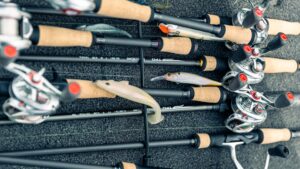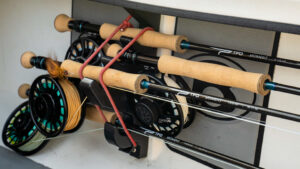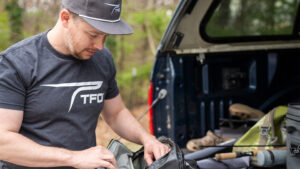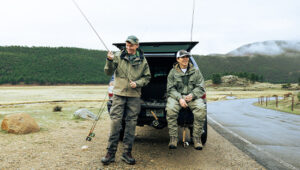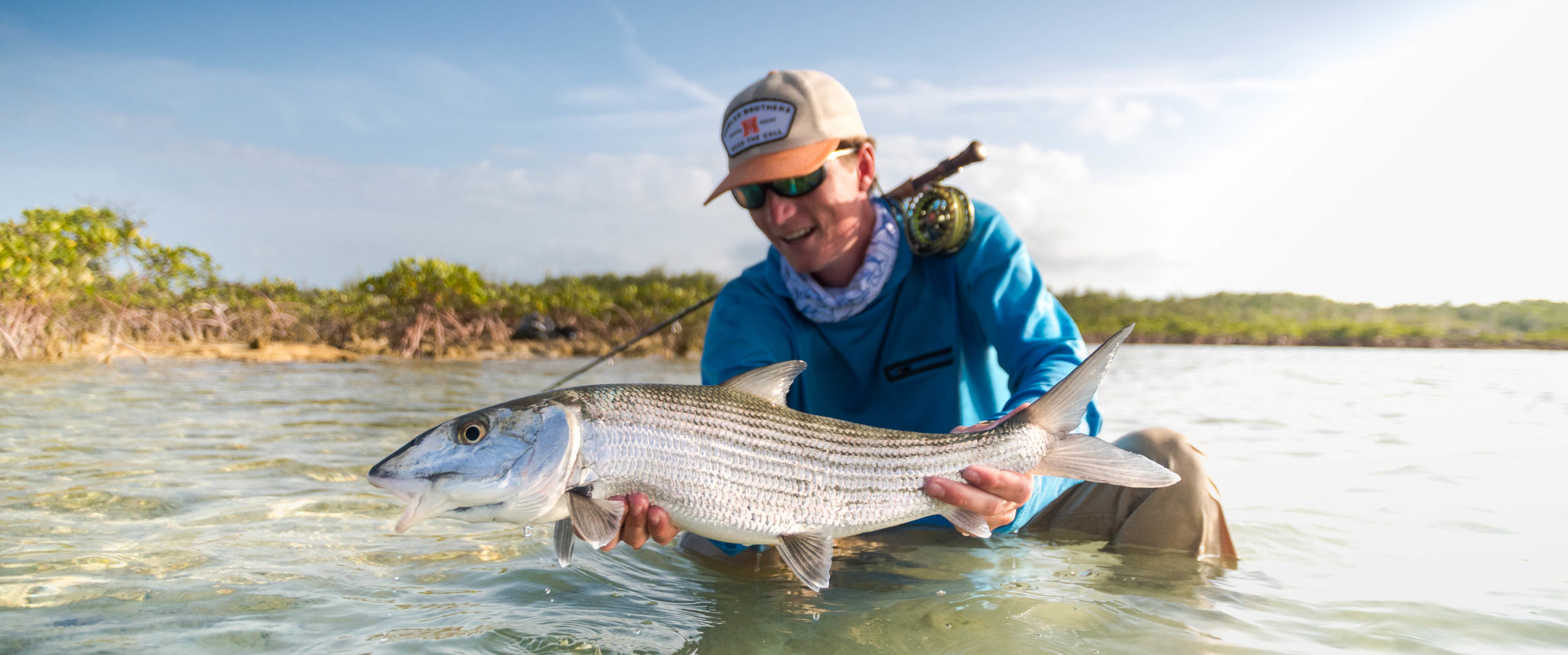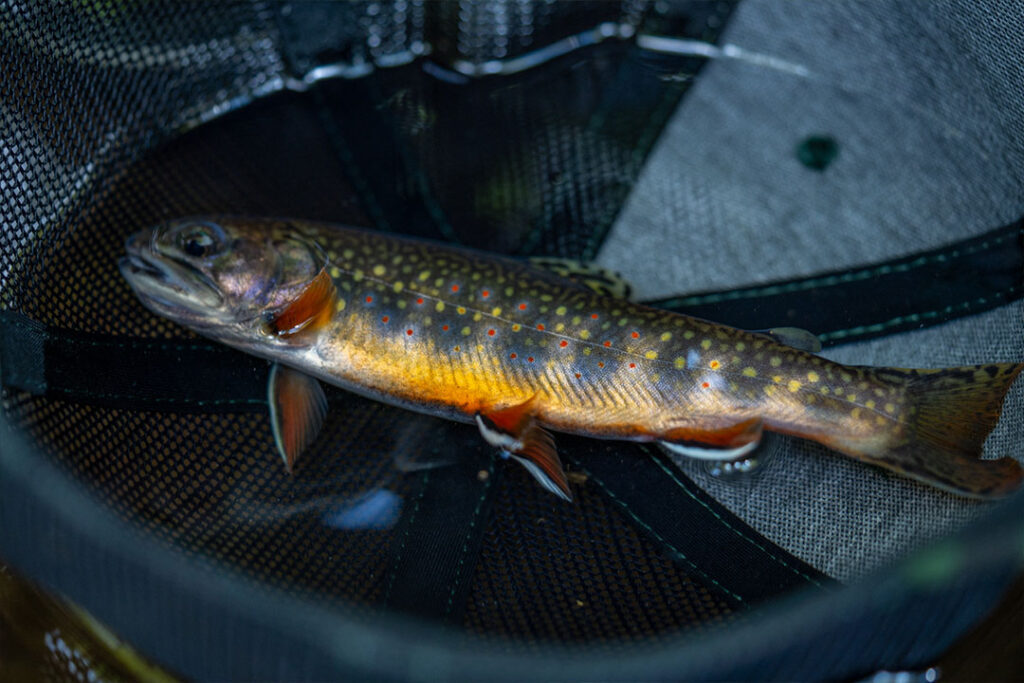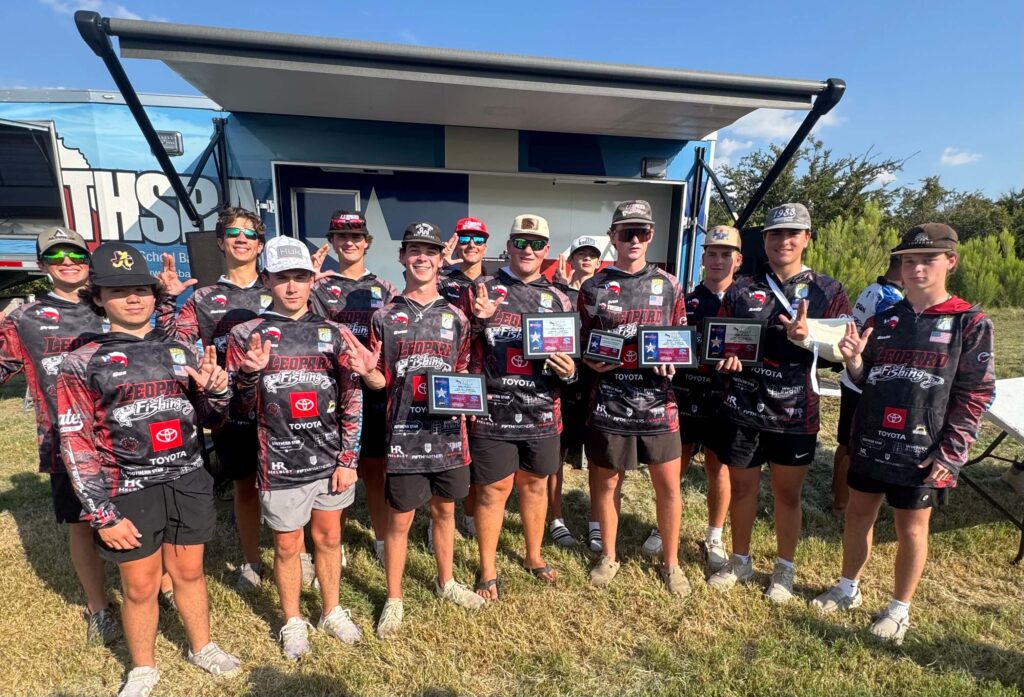A few weeks ago, we celebrated the beauty and grace of the tarpon. This week we turn to another pillar of saltwater’s Big Three — the bonefish. And there’s no better authority on the grey ghost than Bjorn Stromsness, who has spent more than his fair share of time on the flats. When the Northern Californian is not chasing bonefish, he’s writing about them on his blog, Bonefish on the Brain.
TFO chatted with Stromsness by phone for a few minutes last week to glean a few pointers on bonefish. Below are excerpts of our conversation, a handful of tidbits for novice or intermediate bonefishermen.
Why Bonefish? Location. Location. Location.
BS: “They say the same thing about trout. Bonefish live in beautiful places — where it’s sunny, warm, tropical. You think of beer or something with rum in it and you think of bonefish, too. Part of the (appeal) is location, which is hard to beat.
“Another thing, when I trout fish, I don’t see a lot of the trout I catch before I get them on the line. Bonefishing is so visual. You should see every bonefish before you even cast to it. It’s very different from where you go out and cast to likely spots. That visual element is really appealing.
“And then there’s the fish itself. It puts you to the test. You have to be able to make the cast. You have to be able to make the presentation. You need to be able to see the fish. And when you catch the fish, there’s a power to the bonefish that’s just way out of scale compared to most other fish. If you put all of that together, it’s a pretty compelling package.”
Best Places for bonefish
BS: “St. Brandon’s Atoll is where I would go followed closely by the Seychelles and followed by that would be Christmas Island. I’m actually going there in January. Those are exotic places with shots at so many different species — from GTs, to bumphead parrots — and there’s lots of bonefish, too.
“St. Brandon’s Atoll is in the middle of nowhere. There’s no airport. You get there by boat. It’s like a 20-hour boat ride. There’s no one else around. It’s very, very isolated and it’s not close to anything. When people talk about what it was like to fish in the 1800s, it probably isn’t any different now in St. Brandon’s than it was 200 years ago. It just doesn’t get the pressure that other places get. It’s high on my wish list of fantasy places to go. As good as that place is, I just got back from a week in the Bahamas. It was awesome.”
Bonefish on a budget
BS: “Go to Belize. Or Mexico. You can do Belize fairly cheap. I’ve even flown Southwest. Prices there are lower than you’re going to find in a lot of places. The fish are small, but you also have more shots and permit as well. There are places in Belize you can do on a budget; there are places in the Bahamas you can do on a budget. It’s just that the flights to the Bahamas are a little harder sometimes. They might have a flight in or out on one day. It can be harder (to travel). Mexico or Belize can certainly provide budget opportunities.
“With (the Florida) Keys, their bonefish population is way, way down. It’s not that people aren’t catching them. They are, but they’re probably catching more redfish than bonefish down there these days.”
Practice your double haul for those big bonefish
BS: “The casting. It’s different from most fly fishing. You’re going to have to make a cast in a specific place in a 25-mile-an-hour wind. It’s a unique skill set. I’ve seen confident, proficient trout fishermen lose their minds not being able to make it happen.
“The thing any angler going for the first time needs is a 40-foot double haul. Forty feet is not far, but when the wind is really blowing and you have to cast in the face of it, it can be really daunting. Classically, people think you need a 70-foot cast for bonefish. You don’t. Most of your fish will be caught at 40 feet. It’s not that it’s far. You need to be able to do it in the wind with a little finesse. If you slap a fly down in front of a bonefish, they’re not going to eat it. The main thing is just getting the cast.”
The best time of year to go for bonefish is …
BS: “Whenever you can. It’s trite, but it’s true. I was just in Grand Bahama in July. I was in Mexico last year at this time. It was amazing. It was fantastic. It’s not the time people are bonefishing generally. But, the wind was really low. Yes, it was hot. The wind being a non-factor was so different. There are tradeoffs. People tend to think of bonefishing in March, April, May. Really, it’s whenever you can go. It makes more sense to pay more attention to tides than time of year. You want a good incoming, so you have a good shot at it. That’s what you want. Places I’ve been on the wrong tides have made it more difficult.”
Keep it simple with bonefish gear
BS: “You only need an 8-weight. You don’t need a 9. Some places they say you need a 9. You don’t need a 9. You only need an 8. If you need to, up line by one weight. With most of the lines out there, an 8-weight line isn’t an 8-weight line, it’s an 8.5. You really don’t need to up line, usually. You need a good 8-weight line and a good large arbor reel. The leader? Something 12, 14 feet. I make my own — 4 feet of 40-pound butt, 2 feet of 30, 2 feet of 20 and then the tippet. I’m usually going with fluoro, 15-pound. It’s simple and saves money.”
Questions, comments? Head to one of TFO’s social media pages — Facebook or Instagram. Let us know what you think.
